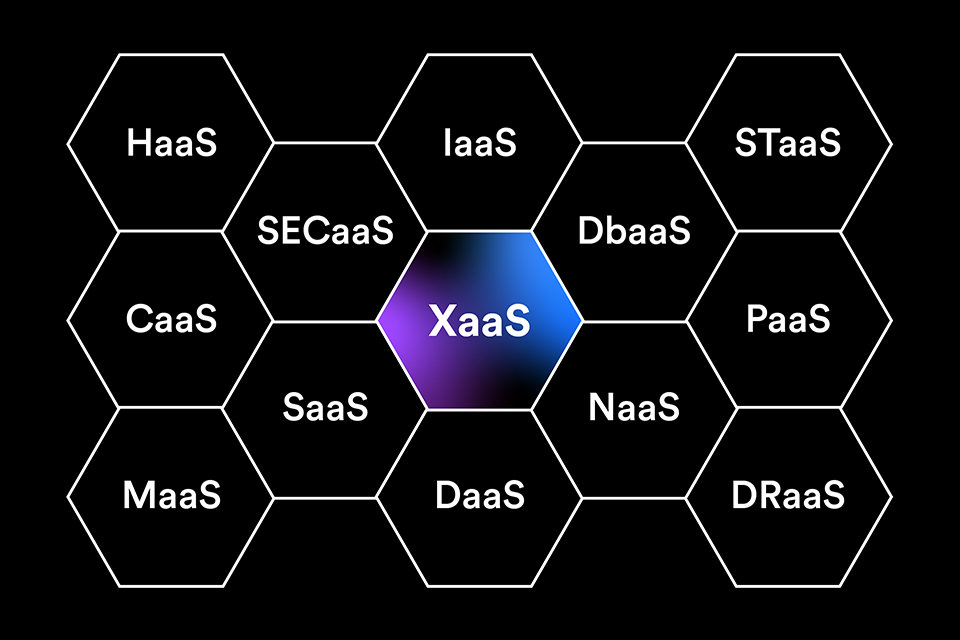Automation: From a slapt-on-to-mission-critical foundation
May 03, 2022 by Stefan Groschupf

RPA – EOL (End of Life)
The first generation of automation products – so-called Robot Process Automation (RPA) tools – were literally slapped on top of existing applications to automate user interface clicks. Frequently, the investment in RPA was driven by the need to integrate legacy systems that didn’t have APIs.
However, it now seems that the industry is hitting the Trough of Disillusionment as it becomes clear the approach is unstable, unscalable, and creates massive cyber security risks.
The risk is so significant that the Federal Cybersecurity and Infrastructure Security Agency (CISA) recently issued a special warning of the potential exposure to cyberattacks in the manufacturing sector due to the increased use of robotic process automation.
In addition, we see UiPath stock plummeting to ⅓ of its IPO range, Blue Prism requiring a version of the .Net platform that is no longer supported by Microsoft, and Automation Anywhere desperately trying to find a buyer.
Fundamental change creates massive IT challenges
In a world that has rapidly evolved in the last few years, companies struggle to adapt to fundamental changes in their businesses.
- The way employees work fundamentally changed.
Remote work has become a standard and requiring working from an office has become a worker retention hazard. But IT infrastructure wasn’t necessarily prepared for remote work. Now, complex, historically-grown IT infrastructure needs to support remote work without cyber risk. - Supply chains are disrupted globally.
Goodbye to “complete and in-time”. In these dark times, companies can be lucky if they have materials delivered in batches and avoid shutting down production completely. - DTC and digital-first disrupt traditional brands.
Traditional brands are disrupted by digital-first and direct-to-consumer brands that consistently increase customer experience expectations at a lower cost.
With these massive challenges and very dynamic situations, CIOs have to accelerate overdue digital transformation projects and turn to agile transformation approaches.
XaaS to the rescue
This isn’t your grandparent’s 2-year SAP/IBM migration project. Bringing in hundreds of consultants for a project that’s riddled with bugs and errors when the project goes live is simply not an option. The days of investing in on-prem, monolithic, slow-to-acquire, and slow-to-integrate systems (not to mention those high up-front costs) are over. This is the way the old RPA tools operate, and it is archaic.
There’s a new approach that promises, and delivers, agile digital transformation – XaaS. XaaS, “Everything-as-a-Service” encourages you to get the most pragmatic point solution “as a service” rather than make a large investment of time, money, infrastructure, and other resources. The building blogs of XaaS include:
- Software as a Service (SaaS)
- Platform as a Service (PaaS)
- Infrastructure as a Service (IaaS)
- Storage as a Service (StaaS)
- Database as a Service (DBaaS)
- Disaster Recovery as a Service (DRaaS)
- Communications as a Service (CaaS)
- Network as a Service (NaaS)
- Data as a Service (DaaS)

As advanced as XaaS may be, a strategic approach is still required to bring the most value to your business. And while focusing on low-level services like Storage-as-a-Service may make sense when building an application, businesses looking to manage business processes will waste significant resources on building custom platforms before ever seeing any real ROI. Business Process Management (BPM) is better aligned with higher-level services like Claims Processing-as-a-Service, KYC-as-a-Service, or Document Processing-as-a-Service that will focus your efforts on changes that bring direct value.
Intelligent fabric to glue things together
Now the challenge becomes: how do you assemble these services into reliable and scalable business processes?
This is where Automation Hero becomes the fabric that intelligently glues services together. The Hero Platform_ provides point-and-click connectors to hundreds of systems such as CRM-as-a-Service, ERP-as-a-Service, Storage-as-a-Service, and other high- (or low-) level services that offer your business agility.
A no-code authoring studio with hundreds of functions allows even less technical folk to design business processes and define data flows and transformations dynamically based on the data in the process.
A human-in-the-loop (HitL) capability allows users to quickly create data entry or verification screens so subject matter experts can rapidly contribute to business process workflows.
Everything is, of course, versioned and collaboration friendly to ensure agile development best practices. And, now that the data is streaming through the platform, the built-in operational streaming analytics allows timely insights into what’s actually happening in every minute of the business process.

But 80% of the data is unstructured
The biggest hurdle for all organizations implementing a modern XaaS platform with an intelligent fabric is unstructured data. Eighty percent of business data is unstructured in the form of:
- Emails
- Agreements
- Invoices
- Purchase orders, Bill of Lading
- Claim forms
- Receipts and other expense documentation
- Product reviews
- Social media posts
- Contracts
- Tax forms
- Handwritten forms
- KYC documents
- Packing lists
This is where traditional integration platforms such as MuleSoft or Snaplogic fall short. Not only do these legacy integration tools require long software development cycles and code-heavy configuration, but most importantly, they lack intelligent control of data flow and have no support for unstructured data.
Yet again the Hero Platform_ can help with the world’s most accurate document processing capabilities. Its intelligent optical character recognition (OCR) technology outperformed its next competitor by 200% in accuracy for structured forms, semi-structured documents and completely unstructured documents. It also comes with an array of capabilities to turn unstructured documents into processable data such as table detection, table extraction, document classification, structured data extraction, signature detection, handwriting detection, and much more.
Summary
First generation RPA tools hit their end of life and it is dangerous to use them. Given rapid changes in the market, CIOs are under massive pressure to accelerate agile digital transformations moving to XaaS architectures. Automation Hero offers a new breed of automation platforms that can serve as the foundation of service-oriented business process architecture that can create an intelligence fabric between services. Automation Hero’s best-of-class AI document processing capabilities makes XaaS practical for real-world use cases.
Close Window
Automation Hero will track how you use the emails (e.g., at what time you open which part of the emails) sent by Automation Hero. If you have provided a separate declaration of consent that cookies for tracking your usage of the website and/or apps may be placed on your device, Automation Hero will also connect the information about your use of Automation Hero’s websites and apps (e.g., which information you open) collected by the tracking cookie to such information in so far as possible. Automation Hero will analyze such information, to identify your interests and preferences and to communicate with you in a more personalized and effective way, e.g. by providing information that you are likely interested in, like information on new technologies or products of the Automation Hero group that are likely relevant to you.
